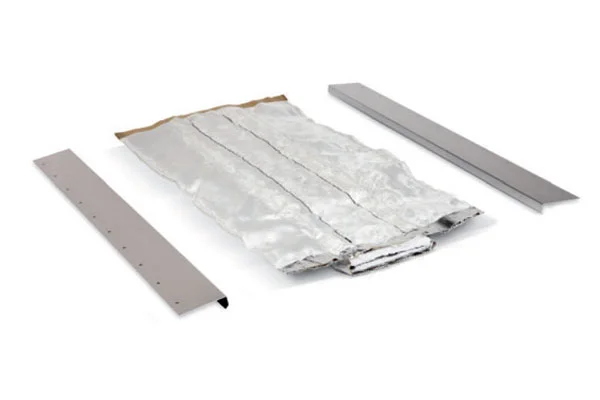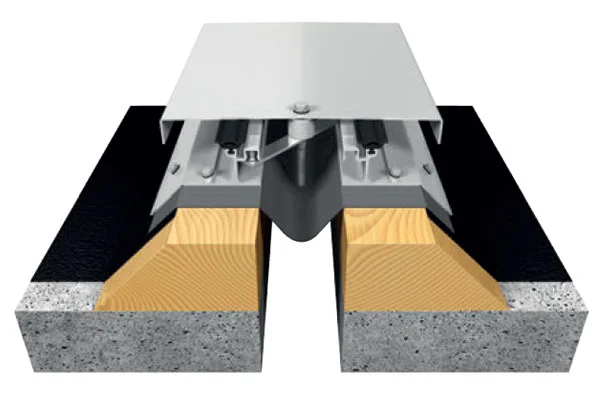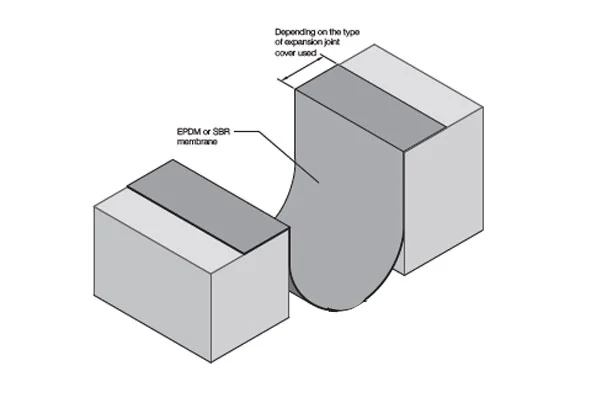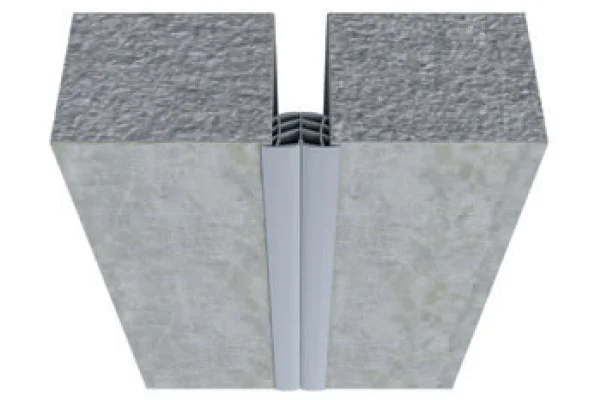Manteca Unified is making $1.8 million in repairs to the Sierra High swimming pool.
It is part of $4 million in critical repairs to address safety needs for the Sierra High and Weston Ranch High swimming pools.
Once the work is completed, the district will basically have three “new” swimming pools at five of its high schools if you count the new pool built in conjunction with the big gym as part of the ongoing Manteca High modernization project.
An issue unique to Sierra High is heavy wind impacts.
The northern perimeter fence of the pool facility allowed for prevailing wind to impact the on-going use of the swimming pool.
Dust and debris would migrate into the pool from the parking lot into the pool facility which impacts the on-going maintenance of the pool.
A wall will be constructed on the north end of the pool area to mitigate wind.
The Manteca Unified Facilities/Operations department contracted with Aquatic Design Group to conduct a full condition assessment of the existing pool facilities at each high school.
As a result of the assessment, several improvements to each facility were identified as critical repairs to maintain the safety of the pools’ on-going operation. The pools at Sierra High and Weston Ranch High were identified as the schools with the highest priority repairs.
That assessment included:
*The decks around the pools were showing signs of wear and fatigue.
Cracks in the concrete were found throughout the pool decks and the pools’ edge where the deck cantilevers over the gutter.
In several instances, the concrete on the underside of the cantilevered gutter had broken into fragments and exposed re-enforcing steel, an issue that would degrade further as the pool facilities age.
A few common places where cracks were also be found on the deck include at the tooled joints and the surge chamber. In addition, the expansion joint mastic was cracking and failing in many places around the deck.
*The surface of the pools were showing signs of age.
In several locations the surface of the pools were rusted, stained, delaminated, spalled or otherwise separated.
As the pool finish continued to age, the state of the current plaster would have resulted in further oxidation and deterioration of the steel rebar which can increase the risk of leaks and structural failure of the pool shell.
*Any swimming pool renovation requires additional upgrades to accommodate updated accessibility regulations.
The swimming pools need two means of accessible entry, one primary and one secondary. This requires alterations to the steps of the pool(s) or the installation of an additional lift.
* An average life cycle for commercial swimming pool circulation pumps motors is 8 to 10 years, 20 years for filter systems, 8 to 11 years for heaters and 15 to 20 years for plumbing and piping.
A few pieces of equipment within the pools’ mechanical systems have been updated over time, however, the circulation pumps, filter system, heaters and above ground piping required attention as the life cycle of their operation is ending.
*An average life cycle for commercial swimming pool chemical control monitors is 10 to 20 years, 8 to 10 years for chemical metering pumps, and 12 to 15 years for chemical mini-bulk tanks. The monitors, chlorine system and Acid-feed system are near end of life.
To contact Dennis Wyatt, email dwyatt@mantecabulletin.com







